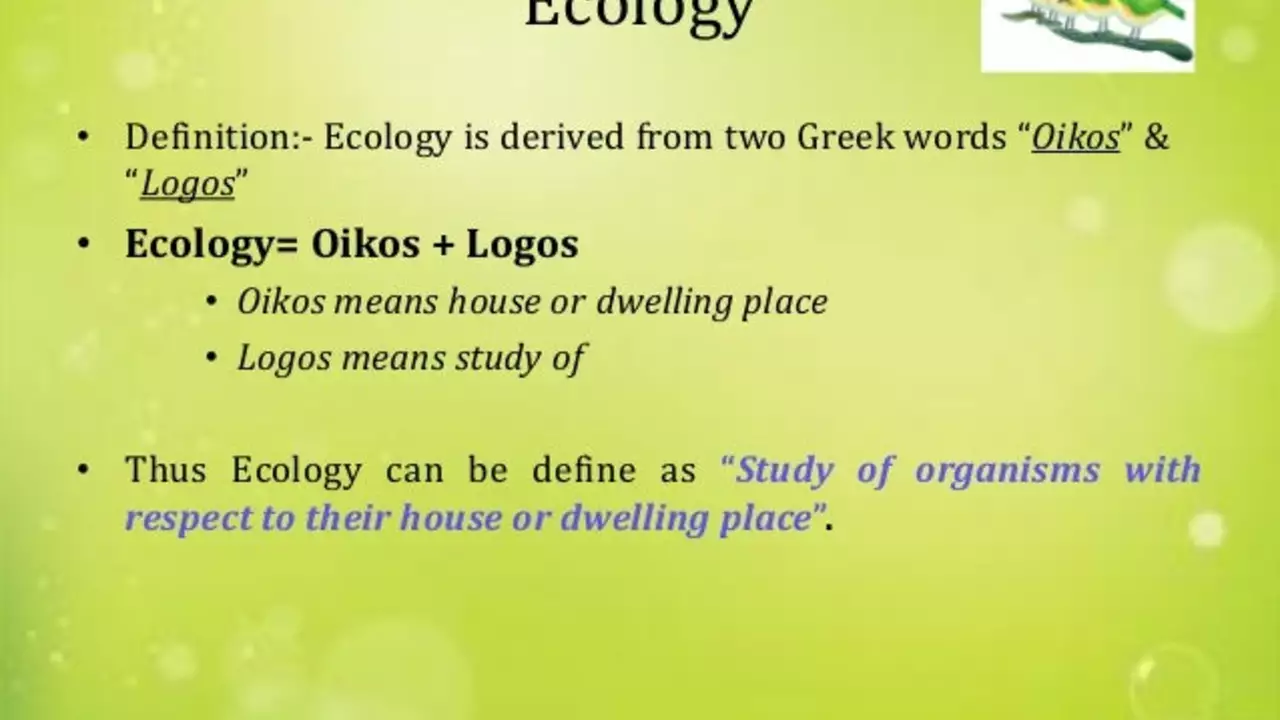What is ecology and how is it divided?

Understanding the Basics of Ecology
My journey into understanding ecology began with the realization that it's not just about trees, mountains, and oceans. It's about the complex relationships that exist between all living things and their environment. Ecology, in the simplest terms, is the study of these relationships. It goes beyond just acknowledging that these relationships exist and dives deep into the hows and whys of their existence.
Ecologists, the scientists who study ecology, work to unravel the secrets of these intricate relationships. They look at things like how animals interact with their environment, how plants adapt to different conditions, and how changes in an environment can affect the entire ecosystem. It's a complex and fascinating field that is constantly evolving.
Levels of Ecological Organization
The study of ecology is divided into different levels, each focusing on a different aspect of the ecological system. These levels are the organism, the population, the community, the ecosystem, the biome, and the biosphere.
At the organism level, ecologists study individual living things. This could be a microscopic bacterium, a massive whale, or anything in between. At the population level, the focus shifts to groups of the same species living in the same area. A population could be a group of deer in a forest, a colony of ants, or a school of fish.
Communities and Ecosystems in Ecology
Moving up a level, we come to communities. A community in ecology refers to all the different species living in the same area. This could include plants, animals, fungi, and bacteria. At this level, ecologists study how different species interact with each other and how they compete for resources.
Next, we have ecosystems. An ecosystem includes all the living things in a particular area, along with the non-living things like soil, water, and air. Here, ecologists study how all these elements work together. For example, they might look at how changes in the soil can affect plant growth, which in turn can affect the animals that eat those plants.
Biomes and Biosphere: The Bigger Picture
Biomes are the next level up in the study of ecology. A biome is a large region of the world that has a certain climate and certain types of plant and animal life. Examples of biomes include deserts, rainforests, and tundra. At this level, ecologists study things like how climate affects the types of plants and animals that can live in a certain area.
Finally, we have the biosphere. This is the highest level of ecological study and includes the entire planet. The biosphere includes all the living things on Earth and all the places they live. When studying the biosphere, ecologists look at the big picture, including how different biomes interact and how changes in one part of the world can affect the entire planet.
The Two Major Divisions of Ecology
Ecology is generally divided into two main branches: autecology and synecology. Autecology is the study of individual species in relation to the environment. This could involve studying how a certain type of plant adapts to different levels of sunlight, or how a certain type of fish responds to changes in water temperature.
Synecology, on the other hand, focuses on the study of groups of species, or communities. This could involve studying how different species compete for resources in a certain area, or how a change in the population of one species can affect the rest of the community.
The Importance of Studying Ecology
So why should we care about ecology? Well, aside from the fact that it's a fascinating subject, studying ecology can help us understand and solve many of the world's most pressing problems. Climate change, deforestation, and loss of biodiversity are all ecological issues. By understanding how ecosystems work, we can come up with ways to address these problems and protect our planet for future generations.
Ecology also has practical applications. For example, it can help farmers understand how to use natural processes to improve crop yields, or city planners understand how to design cities in a way that supports biodiversity.
Conclusion: The Ever-Evolving Field of Ecology
Ecology is a complex and ever-evolving field. It's about understanding the intricate relationships that exist between all living things and their environment. It's about looking at the big picture and understanding how changes in one part of the system can affect the whole. It's about appreciating the beauty and complexity of our planet, and working to protect it for future generations.
So the next time you go for a walk in the park, take a moment to appreciate the ecology around you. Notice the way the trees provide shade for the undergrowth, the way the birds and insects interact with the plants, and the way everything is interconnected. That's ecology in action, and it's happening all around us.

Post-Comment